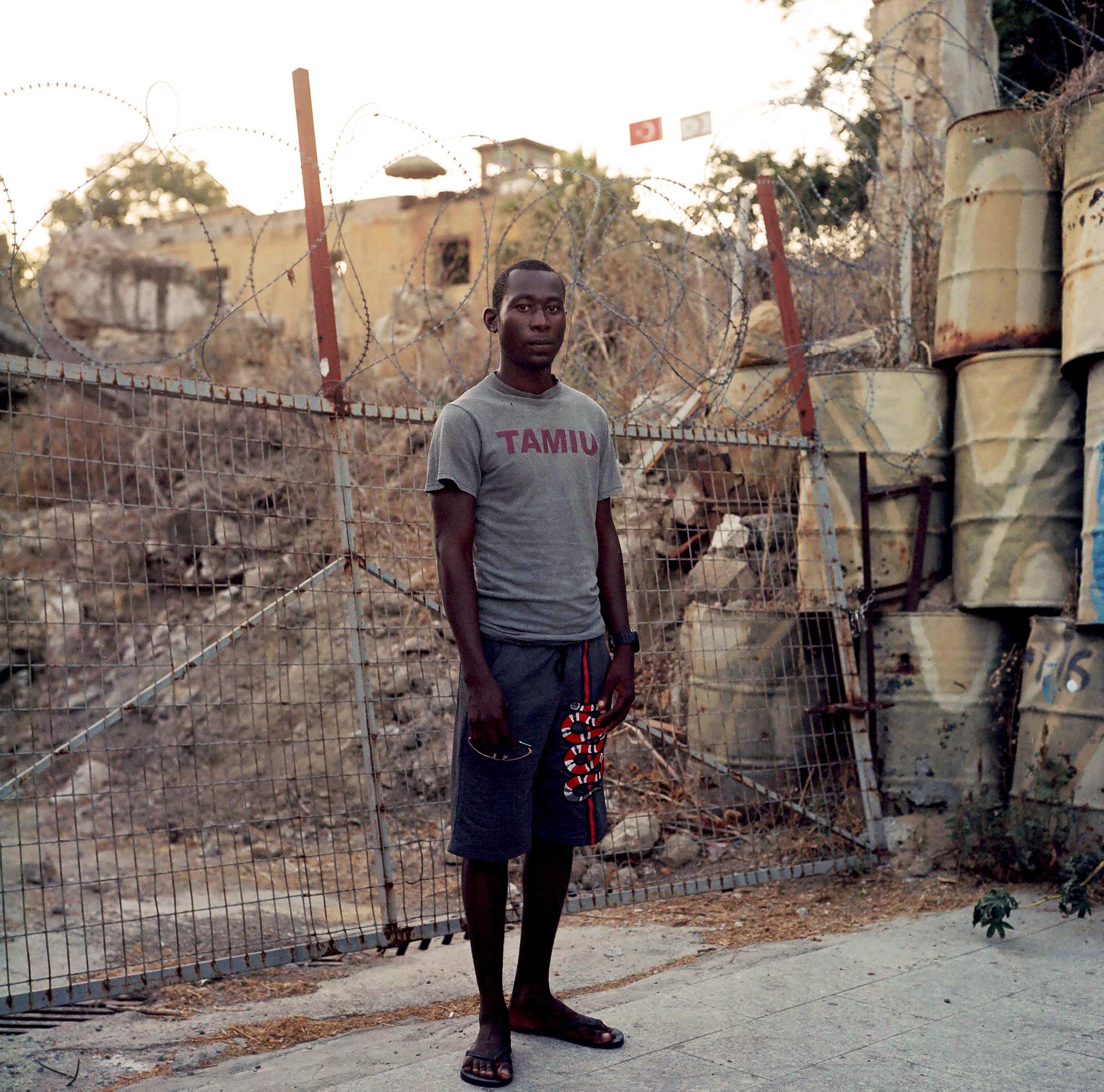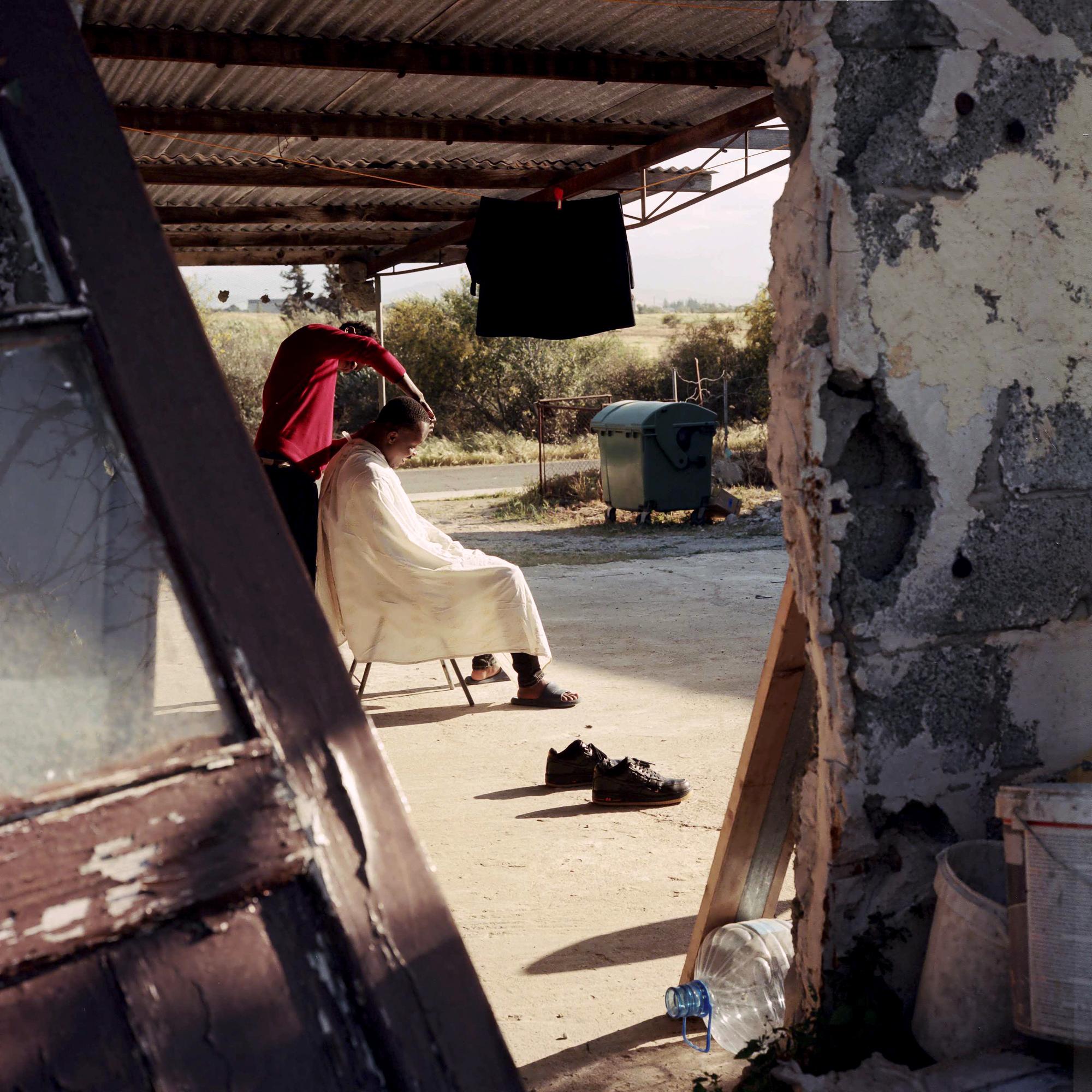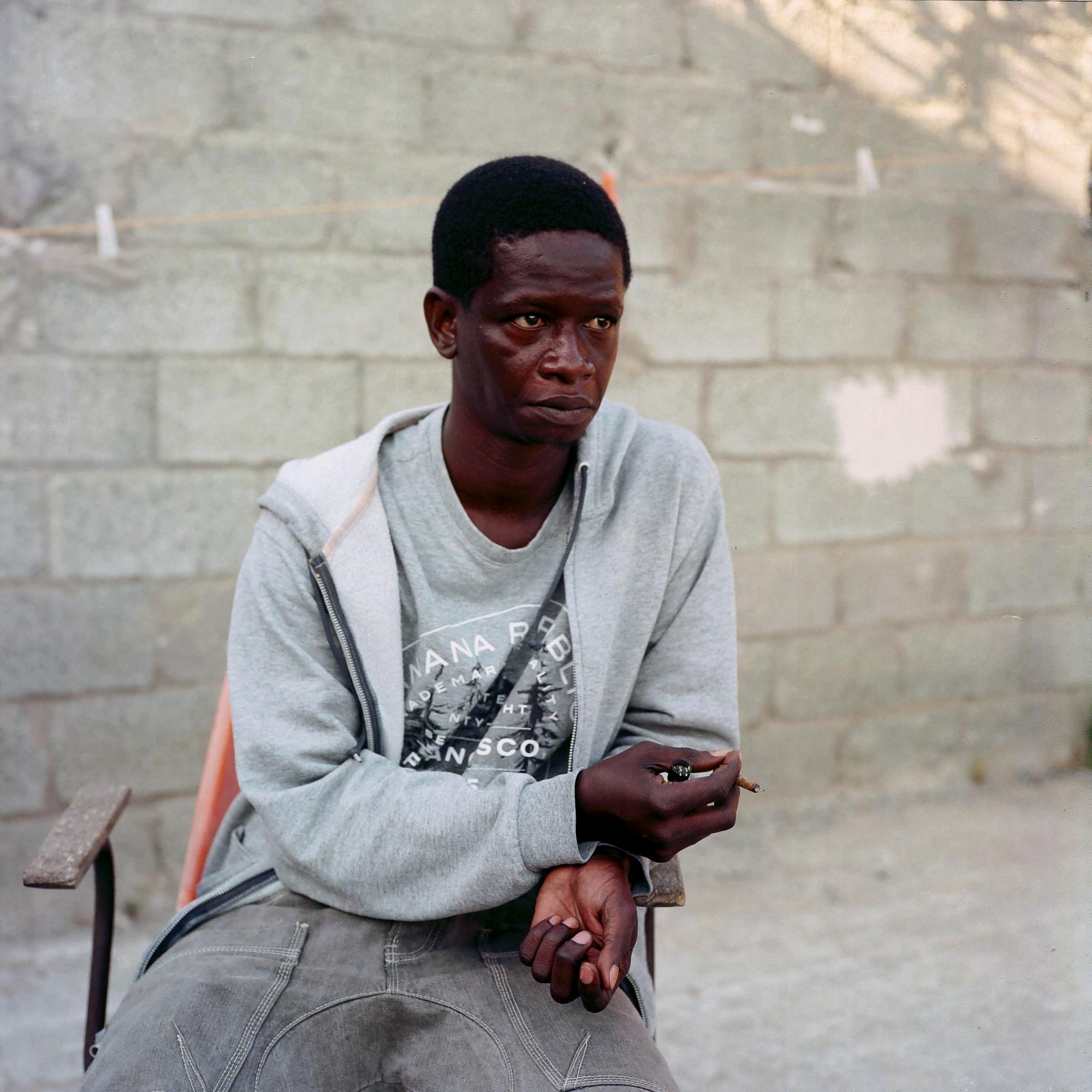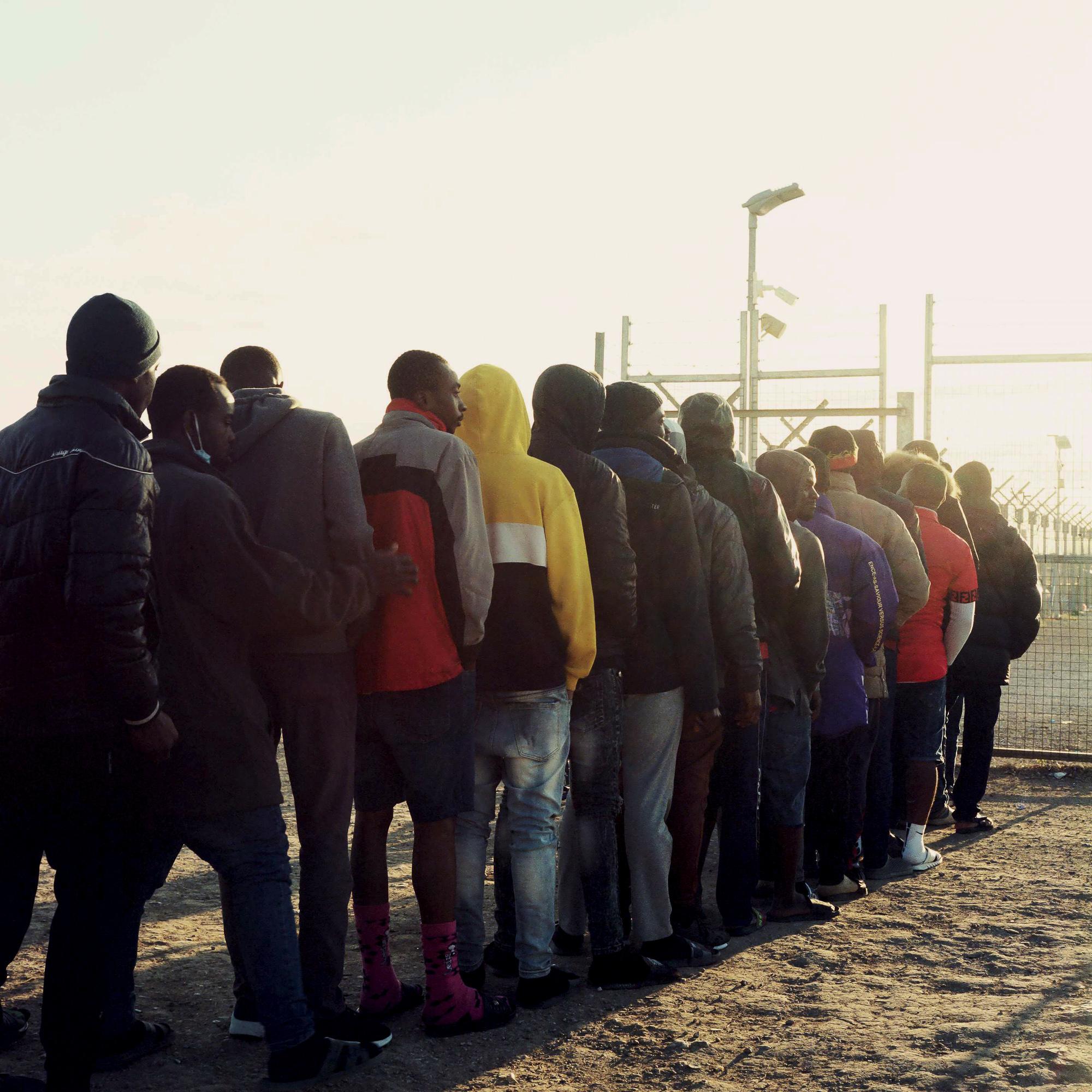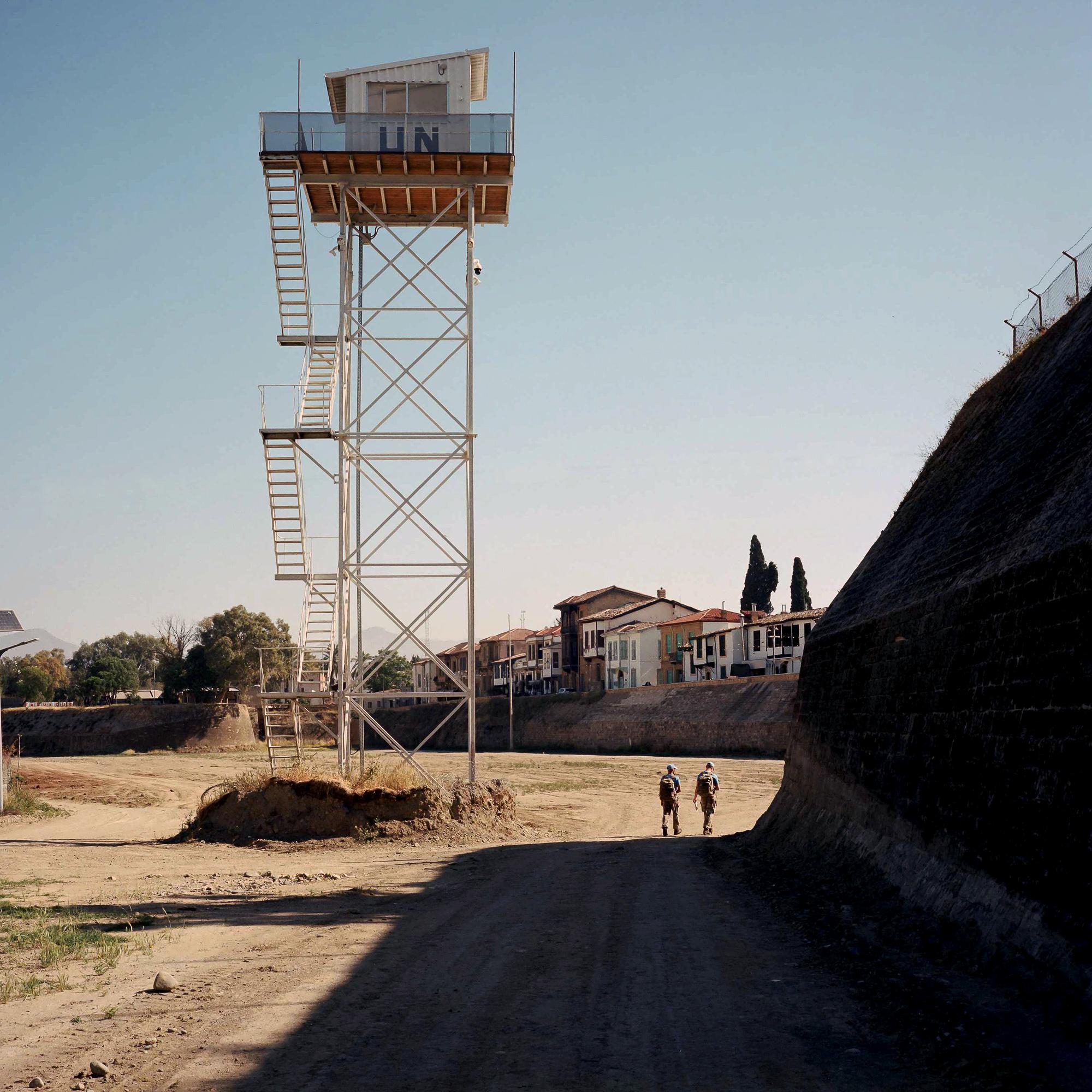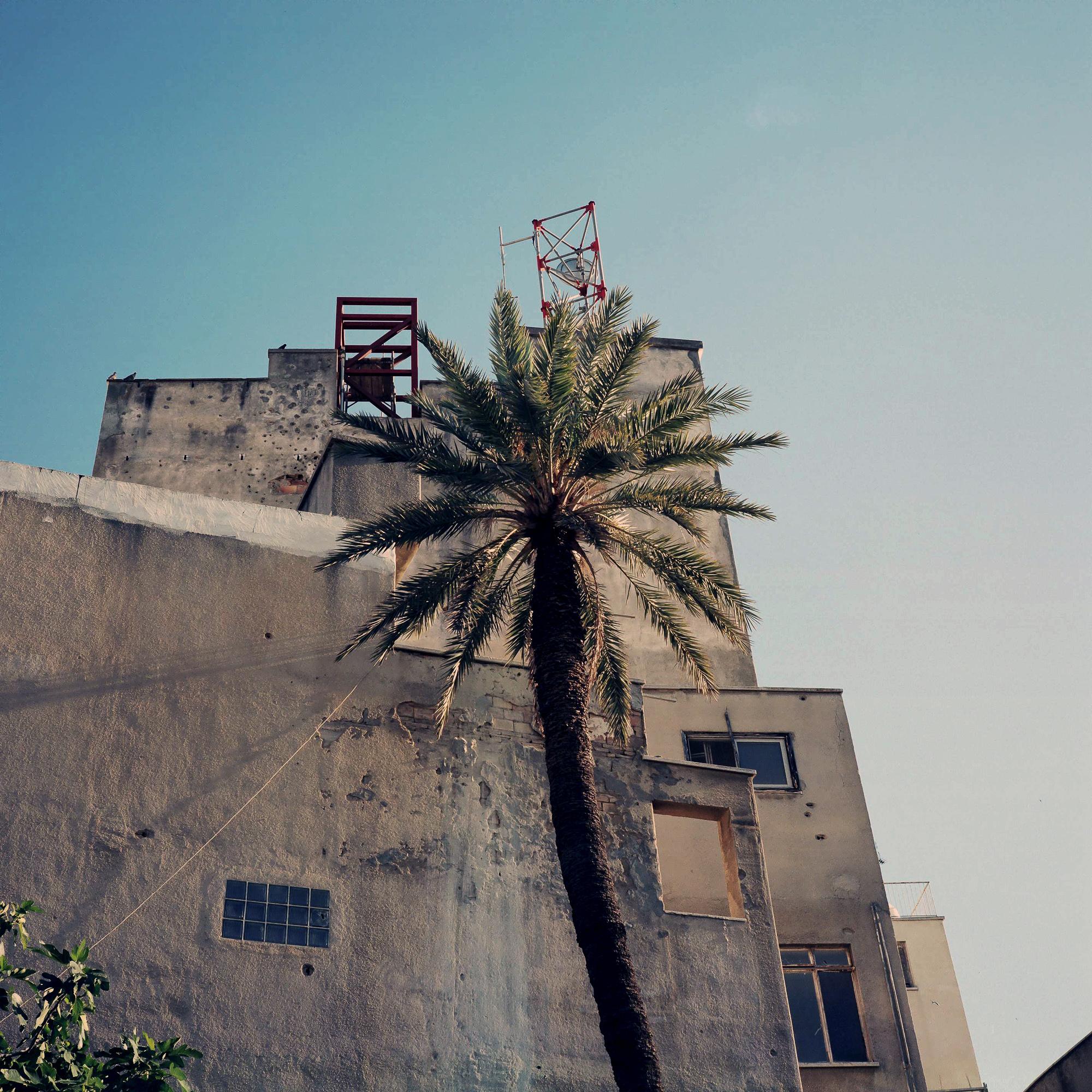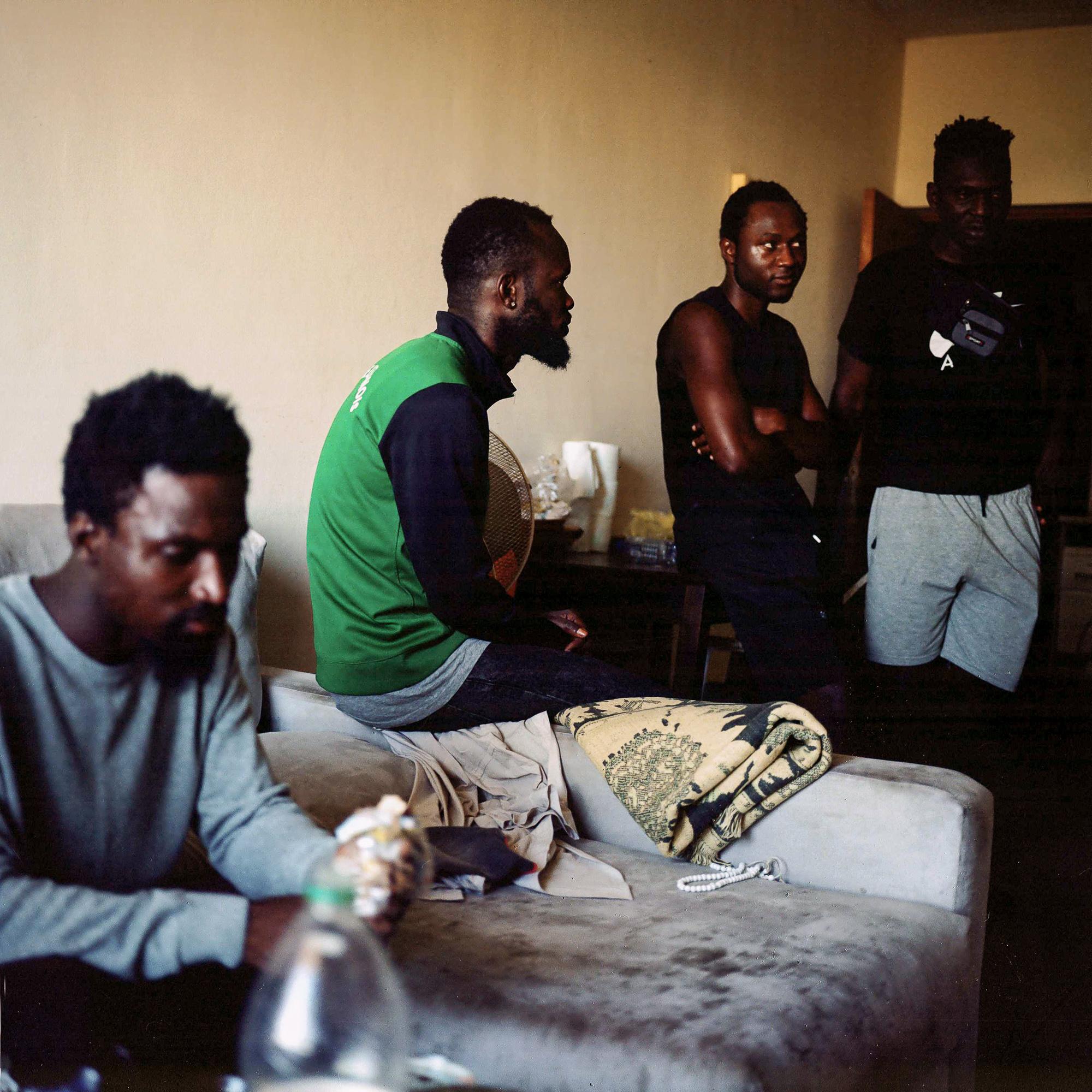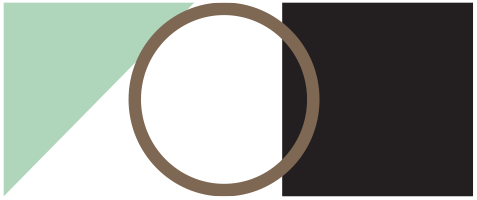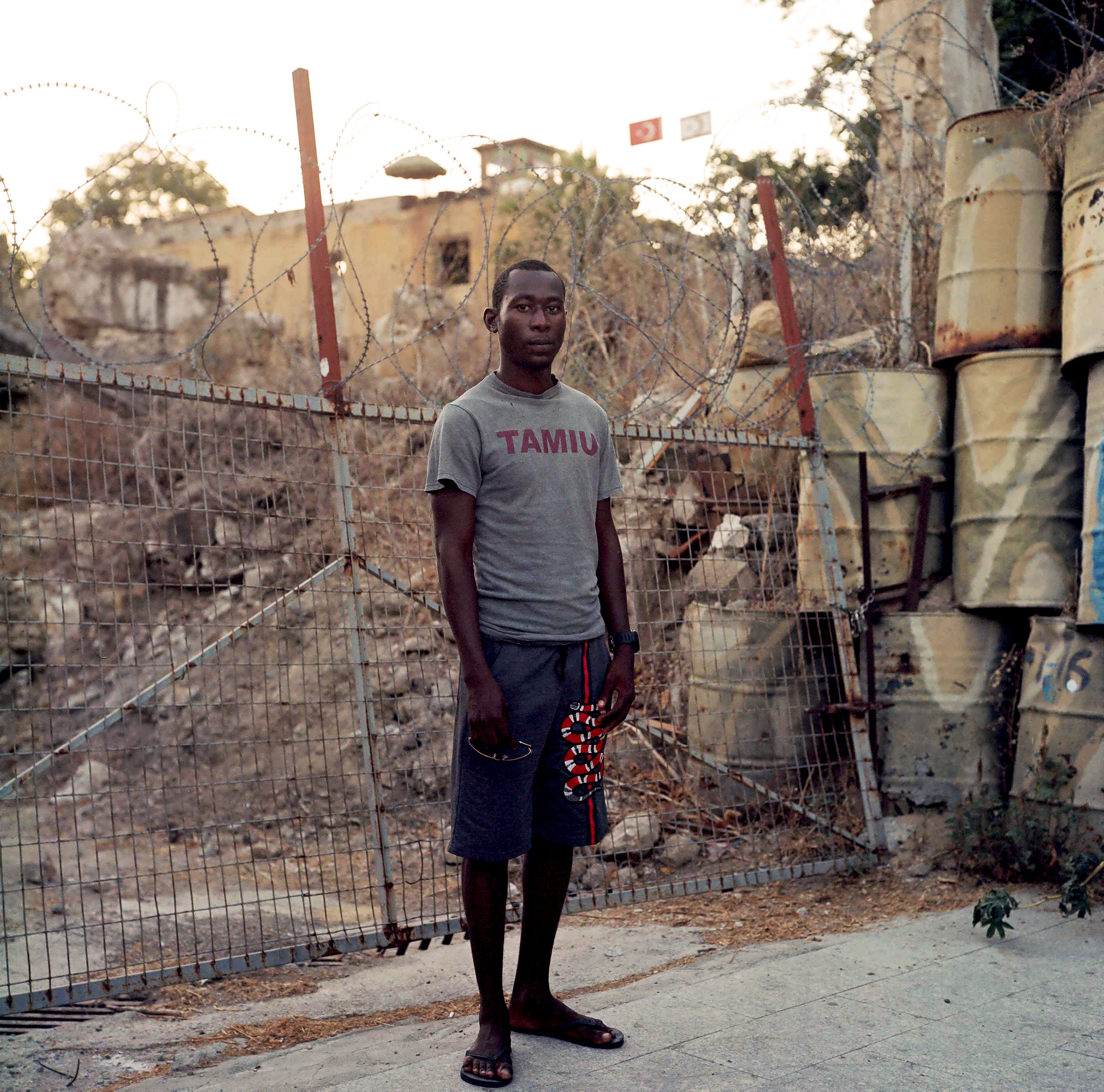
Cyprus is still reeling from the effects of the 1974 Greek-led coup and the subsequent Turkish invasion that divided the island into two communities. Yet both Greek- and Turkish-Cypriots now deal with an influx of refugees that threatens to change the island’s demographic.
With a population of around 850,000, Cyprus holds the largest share of asylum-seekers per capita - 3.5 percent - in all of Europe. In the last five months of 2022, more than 10,000 asylum seekers submitted asylum claims in the Republic of Cyprus; in 2021 there were more asylum claims than births in Cyprus.
These arrivals, coupled with an already broken system threaten to upend the fragile peace that has been held since 1974. As one side tries to derail the other by sending them across the border, migrants suffer while waiting in limbo, becoming the victims of racism, and extortion by landlords and employers, with no prospect of a better life.
Originally from Bucharest, Romania, I immigrated to Canada in 1993, 4 years after the fall of the Ceausescu regime. I pursued my studies in science and humanities throughout high school and went to Concordia University to pursue a degree in political science and photography (fine arts). I work on medium to long-term projects mostly focused on socio-political and religious issues.
